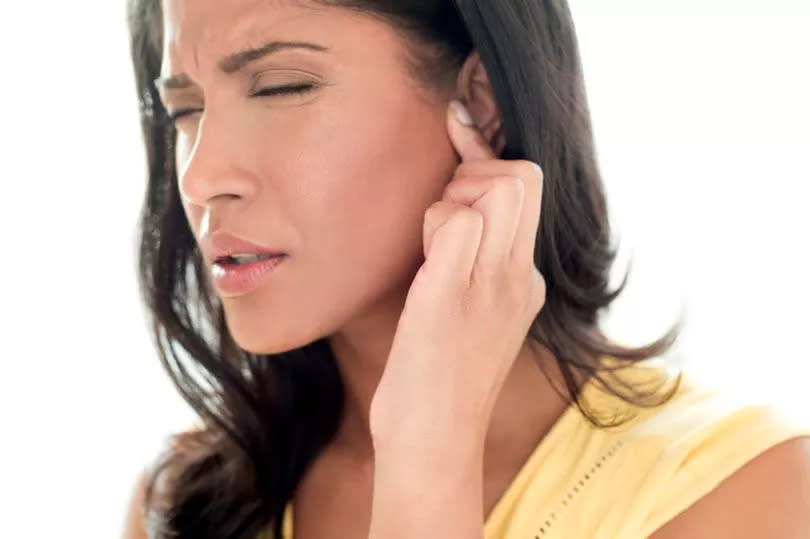How to get water out of your ear safely explained by Boots hearing expert

The feeling of water in your ear can be annoying. With holiday season around the corner, and one in ten people said to experience the dreaded ‘swimmer’s ear’ in their lifetime, an audiology expert has shared her top tips on safely removing the water yourself.
Hannah Samuels, audiologist at Boots Hearingcare, said: “Having water trapped in your ear canal can be an uncomfortable experience, with symptoms including tingling, a feeling of fullness in the ear canal, muffled hearing and even partial or total hearing loss.”
Is it dangerous to have water in your ear?
Hannah said: “As ear wax is water repellent, having water in your ear isn’t too much of a problem health-wise and will usually end up trickling out on its own. However, issues can arise when the water doesn’t find its own way out and infections such as swimmer’s ear develop, which can lead to much more serious ear infections. If you develop any of the symptoms of swimmer’s ear, such as pain, itching, redness or swelling, speak to your doctor about treatment options.”
With this in mind, Hannah outlines her expert advice on preventing getting water in your ear and safely removing any water that is trapped in your ear canal.
Take preventative measures
Hannah said: “There are some preventative measures you can take to avoid water getting trapped in your ear canal, and any nasty infections developing off the back of this. For example, I’d suggest wearing earplugs while swimming for the best protection.
“You should also never remove earwax from your ears with cotton buds, your fingers or hairpins and only ever enter water that has a level of cleanliness to it (e.g. avoiding rivers, lakes etc.)”
Try the obvious
Hannah said: “While it might sound like the obvious thing to do, simply tilting your head to drain any water out of your ear can be an effective way to combat the issue. You could also lie down on your side and stay still for a few minutes, allowing gravity to do its magic. If neither of these work, try tugging on your earlobe while tilting your head, and moving it from side to side.”
The vacuum technique
Hannah said: “Place your cupped palm over your ear tightly to create a vacuum, pushing and pulling it to and from your ear rapidly to help create some movement in the ear canal. Keep your head tilted so the water is able to drain out while you do this.”
Use a hairdryer
Hannah added: “If you’ve had no luck with the other methods, you can use a hairdryer on its lowest setting to help dissipate the water from your ear. Hold the hairdryer around 12 inches from your ear, moving it back and forth, while tugging your ear lobe to allow the heat from the hair dryer to evaporate the water in your ear canal.”
Warm olive oil
Hannah said: “You can use warm olive oil to help prevent infections and remove water from your ear. To do this, you should lie down on your side and place a few drops into your ear. Set a timer to leave it in there for at least 10 minutes and once the time is up tilt your head and allow the liquid to drip away.”
Seek professional help
Hannah said: “If other methods haven't resolved the issue, I recommend seeking professional advice about your ear. Persistent water sensation could be due to wax buildup or another underlying issue that requires professional assessment and treatment. Removing water from your ear can be a lot simpler than you may think, just ensure that you’re taking precautions when doing so to avoid any unwanted infections."

 Yahoo News
Yahoo News 
